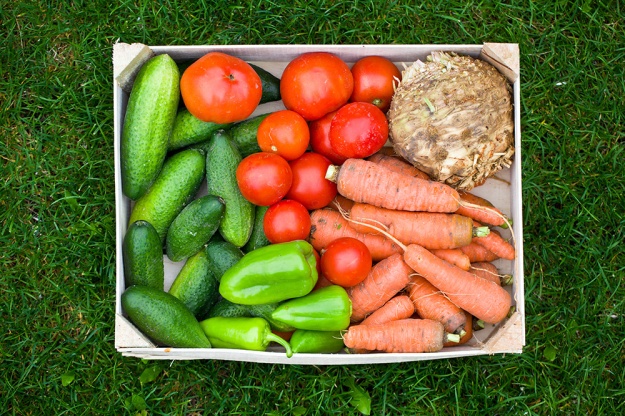You may or may not be a bona fide ‘health nut’ but hopefully you’re trying to eat the healthiest foods possible. Maybe you’re skipping the heavy cream sauces and opting for more vegetables. Maybe you’re passing over the fatty meat dishes and eating leaner proteins.
But you’re still not losing weight. You might even be gaining more. The problem – while you’re battling the bulge, food manufacturers are wagging a war against you. And you’re losing.
Here are 5 ways that the food industry produces unhealthy foods labeled as ‘healthy.’
Fat free – Just because it’s fat free, doesn’t mean it’s calorie free. Far from it. To compensate for the missing texture that food gets from fats, fat free foods have more added sugar, flour and salt. This adds up to more calories and actually, less nutrition and less satisfaction.
Whole grain – Foods like bread or cereals are all made from some type of grain – usually wheat. But there’s a big difference if it’s made from wheat flour, whole wheat flour or whole grain flour. Whole grain is the entire kernel of grain – bran, endosperm and germ – where the majority of vitamins and fiber are contained. Whole wheat flour has about half as much nutrition, as the bran and germ have been removed in processing. Wheat flour is overly-processed with next to no nutritional value.
Artificial ingredients – When you rip open your packet of instant oatmeal or enjoy a cup of yogurt that says it’s loaded with healthy fruit and nutrition – it probably isn’t. You might want to take a closer look at the print. Usually the words ‘artificial’ or ‘artificially flavored’ are right underneath or very close by. Very small, of course. Generally, there is absolutely no real fruit in any of these products. It’s often made of thickened sugars flavored with artificial flavors and colored with dyes.
Sugars – Sugar is a cheap ingredient added to otherwise healthy food to make it taste better. It goes by countless names, offers absolutely no nutritional value and adds extra calories. Americans consume about 150 pounds of sugar that’s been unnecessarily added to their food each year. That’s 7,200 teaspoons equaling 115,000 calories.
Thickeners – There are thousands of food additives that help solidify foods and create a thick or creamy texture. Most of them don’t exist in nature and are created from chemicals. For example, many brands of frozen yogurt advertised as being healthy contain propylene glycol. This chemical is also used in anti-freeze and to de-ice airplanes.
So, how can you avoid these unhealthy tactics and ensure you’re eating a nutritious diet.
- Read the food labels. By law, the black and white nutritional label must state exactly what’s in the food. Advertising all over the rest of the container is not regulated the same way so it can state things that aren’t necessarily factual.
- Eat foods in their natural state as often as possible – that means fresh fruits and vegetables.
- Purchase foods that are organic and are not GMO.
- If you must buy packaged foods, a general rule is it should have 5 ingredients or less. You should also recognize the words as common food ingredients.
- To check if your favorite food meets those requirements – or to find a healthier alternative to what you currently buy – read this article featuring the 100 cleanest packaged foods of 2013.
Sources
http://mdvip.mymedicalforum.com/conversation/proof-that-skinny-people-suck-at-being-healthy-too
http://www.nbc-2.com/story/14535860/2011/04/28/nbc2-investigates-fake-fruit-in-your-food
http://en.wikipedia.org/wiki/Propylene_glycol
http://www.everbum.com/food-additives/food-additives-thickeners-stabilizers-emulsifiers/
http://www.thehealthyeatingguide.com/how-to-read-a-nutrition-facts-label/
Related Articles

Join the Discussion
0 Comments